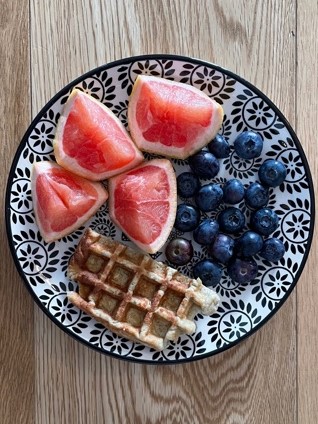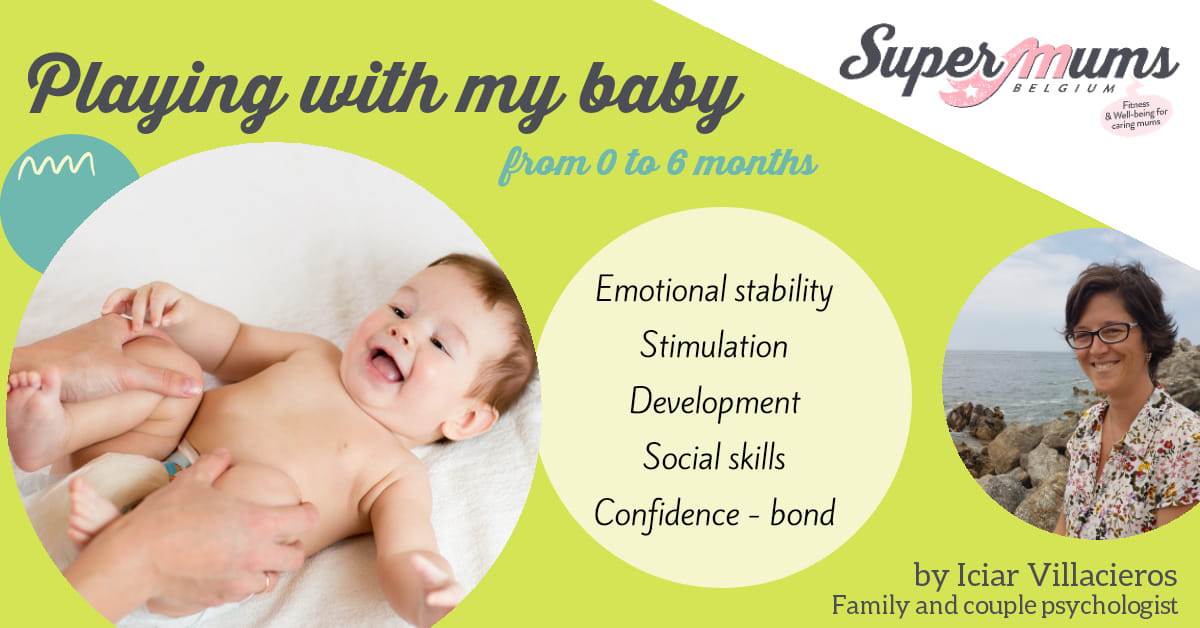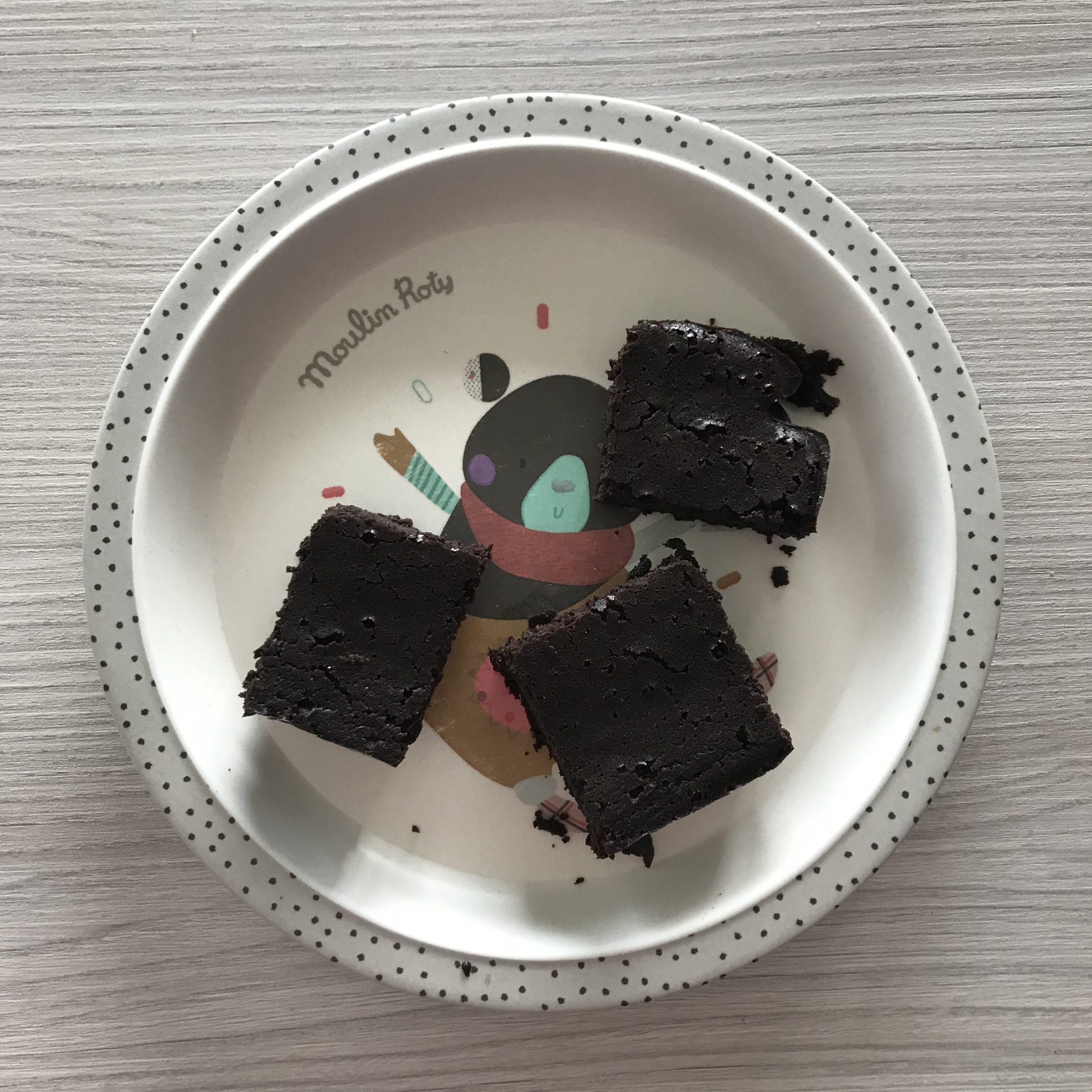Hypopressives
A lot of women will come across the concept of Hypopressives for the first time after they have given birth. In Belgium, most women will attend several “kiné” (physiotherapist) sessions during postpartum, in which they will familiarise themselves with the Hypopressive exercises. I am one of these women, since I have never heard about Hypopressives before. In short, it is a breathing technique used to help in exercising the pelvic floor and toning the abdomen in a safe way.
What a lot of women don’t realise, unfortunately, is the importance of continuing these exercises beyond the sessions given by the physiotherapist. In fact, these exercises are beneficial for everyone, not only women who had just given birth.
In this interview, Bea, the director of SuperMums, explains the benefits of Hypopressives by Low Pressure Fitness. Bea is a certified LPF instructor and includes hypopressives in all her classes (except the prenatal ones).
Bea, can you please explain the difference between a hypopressive exercise and a Hypopressive by Low Pressure Fitness exercise?
In our classes of Hypopressives by LPF we don’t simply work out by creating an abdominal vacuum, we combine this technique with a postural, myofascial and neurodynamic technique to emphasize the benefits and get better results. The whole body is active and working during the class, so we feel that we are doing fitness; which is something that motivates people much more.
What are the main benefits of Hypopressives by LPF?
Doing these exercises on a regular basis leads to a better posture, toned pelvic floor, helps with the closing of diastasis, improves breathing and relieves back pain. Studies demonstrate that training Low Pressure Fitness for two months with a 20-minute routine twice a week reduces your waistline perimeter between 2 and 10 cm.
In what way are hypopressive abdominal exercises better than crunches?
Crunches are HYPERpressive exercises that can provoke injuries such as hernias, diastasis recti and organic prolapses. This can happen because when doing crunches, we are pushing our organs outside. When practicing HYPOpressives, we are doing exactly the opposite; putting our organs in their place.
Many people do crunches looking for a six pack, but what they do not realise is that before achieving those, they need a good diet and a low fat percentage.
In what way are Hypopressives by LPF linked to the pelvic floor? The pelvic floor works with the whole core (transverse, multifidus, diaphragm and pelvic floor). The activation of the core we get practicing hypopressives improves the tone of the pelvic floor.
Can pregnant women practice hypopressives?
No, pregnant women need oxygen so they cannot practice the apnea, which is an essential part of a hypopressive exercise. During pregancy, it is better to attend the SuperBellies classes, where we focus on posture and mobility of the hips, and many other exercises that lead to a healthy pregnancy.
Why are hypopressives especially important after giving birth?
Simply said, they help to put the organs that have been moved during pregnancy back in their place again. The practice of TRA (transverse abdominis) exercises and Hypopressives by LPF is essential to activate the core, close the abdominals and tone the pelvic floor.
What is diastasis, and can it be fixed by regular hypopressive exercise?
Diastasis recti is the separation of abdominals, the rectus abdominis. Regular hypopressives do not have good enough results on their own, but in SuperMums, we combine transversus abdominus exercises with specific postures of LPF which provoke a longitudinal traction of the rectus abdominus with the activation of the spine and the scapular waist. This helps to reduce diastasis and that is why we are always trying to be taller and keeping an elegant posture in the class.
I always propose a different posture for mums with diastasis and mums without diastasis.
Are hypopressives only for women or are they beneficial for men, too?
Hypopressives by LPF is beneficial for men as well, since they also have a pelvic floor, can have hernias, and it is good for them to work in order to improve posture and breathing. The only difference is that women tend to have an early and more important need for them after having a baby.
Hypopressives by LPF have many benefits if you practice them often, that’s why we introduce them in all our classes (except the prenatal, SuperBellies), but in case you have diastasis or a pelvic floor issue it is very important that you check with your specialist physiotherapist as well.
More information about hypopressives can be found on the Low Pressure Fitness official blog.











